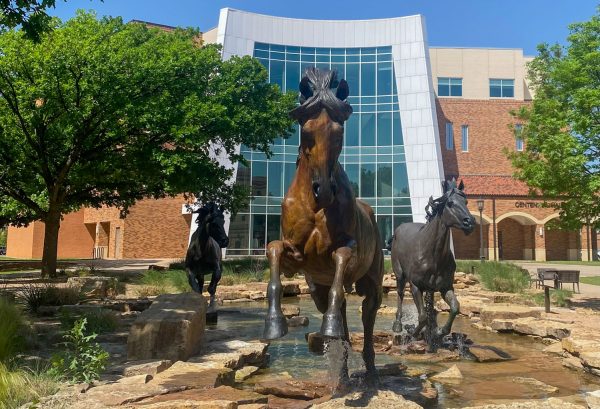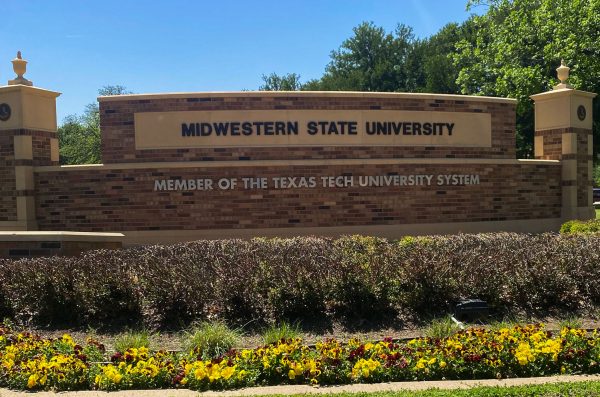
MSU passed a major demographic milestone, as administrators say the school’s fulltime undergraduate enrollment is now 25% Hispanic. The school first crossed the threshold in fall of 2023. That number opens the path for MSU to become a Hispanic-Serving Institution, a designation reserved for schools whose full-time undergrad enrollment is at least one quarter Hispanic students.
Provost Margaret Brown Marsden said the designation is important to MSU because it means the campus is reflective of broader shifts in demographics happening across the state and nation.
“So I think one of the things that it can mean is that our campus demographic can match what the state of Texas is, right? So we see a large Hispanic population in the state of Texas, for us to be able to serve that Hispanic population is very important, to make sure everyone has access to education in that realm within representation of our state. And so HSI I think means a lot that it’s about representing the state of Texas,” Brown Marsden said.
There is typically about a two-year wait for a school to receive federal recognition as a HSI due to a lag in data reporting.
Brown Marsden says now the focus is on what the pending designation means for the university.
“It takes some time to be recognized formally, but we were up til now, the only campus within the Texas Tech University System that was not an HSI. And now we, we’ve hit the threshold for those student numbers and so now it’s, “What does that access?’” Brown Marsden said.
MSU joins over 500 other institutions nationwide in achieving the status. According to the United States Department of Education, over 4.6 million students were enrolled at HSIs in 2021. Over 2 million of those students are Hispanic, representing a growing demographic in America.
Vice President for enrollment management Keith Lamb said the number of HSIs that the Department of Education has already designated means MSU will have competition for the benefits.
“That’s the good news is it will open different grant funding opportunities that will benefit all students. What we’re seeing is an increasing number of schools are hitting HSI status, so now there’s increased competition for those grants. So it opens up a world of possibilities but we still have to put together good grant proposals and be competitive,” Lamb said.

Brown Marsden added that the benefits extend beyond just Hispanic students.
“From a campus standpoint also, what reaching HSI allows you to do is to apply for funds to support the infrastructure needed for that student population. But it also can uplift the entire campus too. So one of the things that campuses often try, you know, will do is once they reach that HSI status is to apply for some Department of Education grants to be able to support students in that way,” Brown Marsden said.
The designation opens additional funding doors to MSU, as HSIs can apply for some Department of Education grants that are not available to other universities.
Lamb said those dollars help all students, regardless of their ethnicity.
“The benefits are eligibility to apply for Title V grants. So Title V grants, we can apply for those for different student success initiatives, different initiatives that would support a Hispanic-serving population, but the benefits translate to all students,” Lamb said, adding, “If we apply for a Title V grant to have certain academic support specialists or a certain student success center or something like that, every student would have access to it, not just students of Hispanic origin. Although it is the HSI designation that allows us to apply for those.”
Moving forward, MSU has to continue to monitor its student demographics to ensure Hispanic enrollment does not drop back below 25%.
Brown Marsden said the school also has to have conversations about the designation that go beyond just money and grants, including a recent talk she had with the provost of the Texas Tech Health Sciences Center.
“But also for him, he said it’s not just about the money, it’s about the meaning too. You know, what does that bring when you’re a Hispanic Serving Institution,” she said, adding “He talked about what they were doing there was, let’s not rush to the grant funding yet, let’s talk about what that means. And I think they’re trying to approach it thoughtfully, I see us doing the same thing.”









